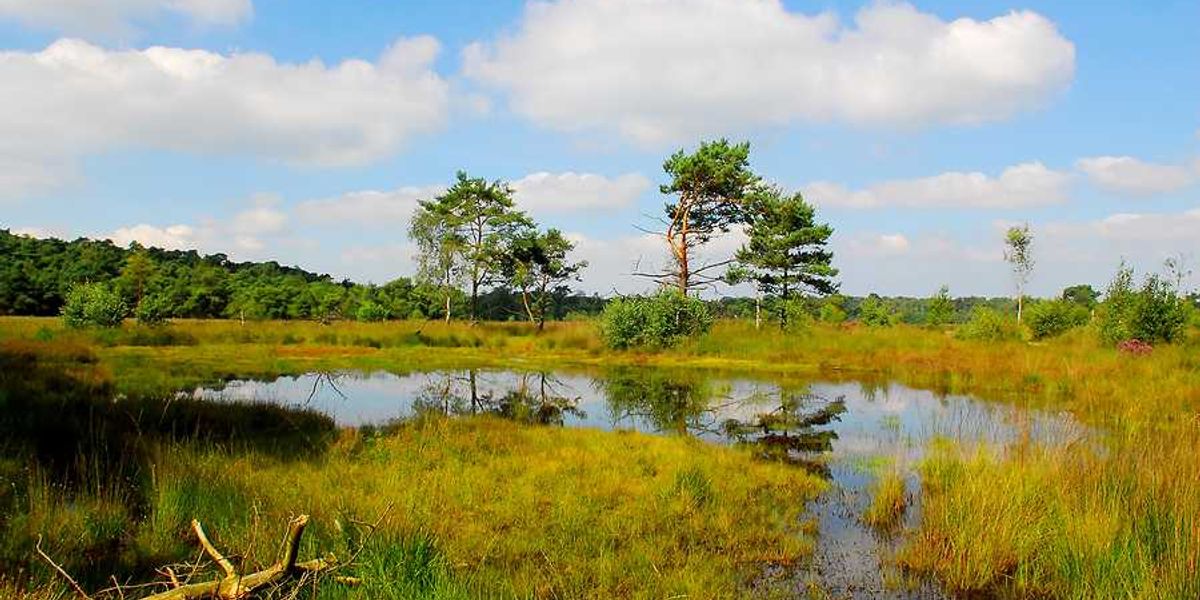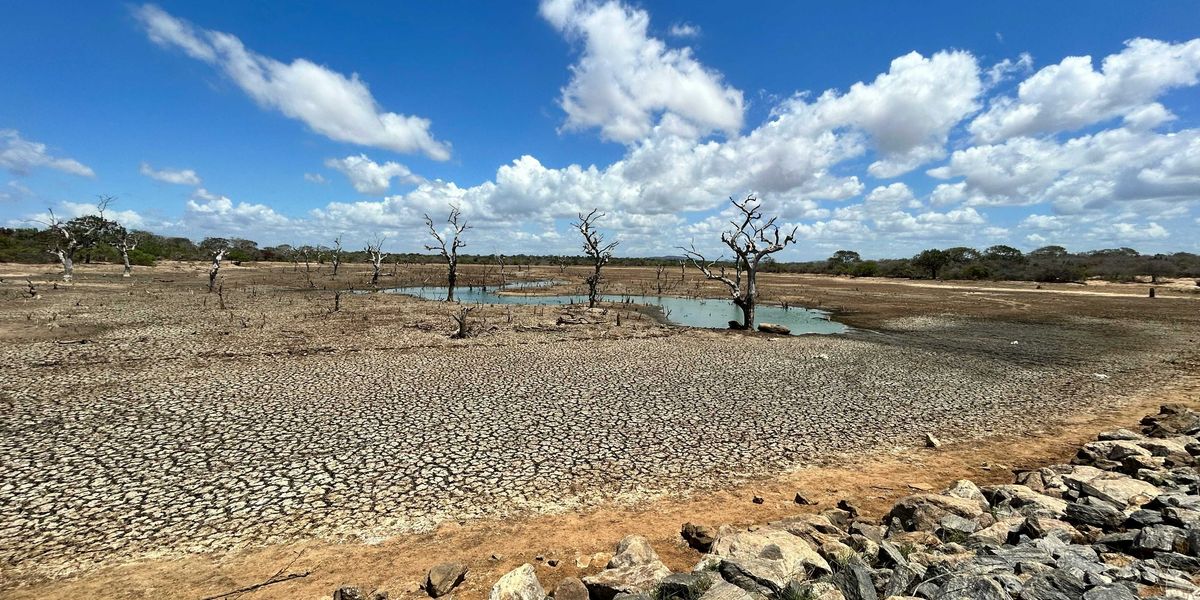USDA cuts climate links as deadly livestock parasite spreads north
A deadly parasite once eliminated in the U.S. is having a resurgence in warmer regions of North and Central America, raising alarms as climate change and political inaction weaken decades of successful containment efforts.
Ayurella Horn-Muller reports for Grist.
In short:
- The U.S. Department of Agriculture's (USDA) long-running strategy to control the flesh-eating screwworm fly, which includes weekly aerial releases of sterilized insects across Central America, may be failing, with outbreaks reported in Florida, Panama, and Mexico in recent years.
- Climate change, increased storm activity, and northward shifts in species ranges are believed by scientists to be enabling the fly's return, but the USDA has publicly denied or ignored these climate links while slashing agency staff and research funding.
- A bipartisan bill introduced in Congress would provide $300 million for a new sterile fly facility, but experts warn that without integrating climate modeling into pest control strategies, the country risks flying blind into a potential agricultural crisis.
Key quote:
“With climate change, all sorts of species are expected to have range shifts, and so it would be reasonable to assume that the flies could also experience those range shifts."
— Bridget Baker, veterinarian and research assistant professor at the University of Florida Institute of Food and Agricultural Sciences
Why this matters:
The return of the screwworm fly is a red flag for how climate change can reignite threats long thought vanquished. This parasitic insect, which burrows into living flesh and can kill its hosts within days, was nearly eradicated through coordinated efforts across the Americas. But rising temperatures and shifting wind patterns are opening new frontiers for its survival. The screwworm thrives in tropical climates and dies off in freezing temperatures, but as the coldest days become warmer and less frequent, regions once safe from the fly may become new breeding grounds. The Trump administration’s downplaying of climate science, coupled with budget cuts to the USDA and its research arms, reduces the government’s ability to respond proactively.
Related: Study reveals climate change may expand locust swarms into new areas













